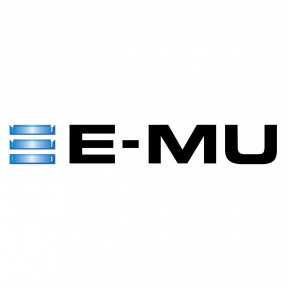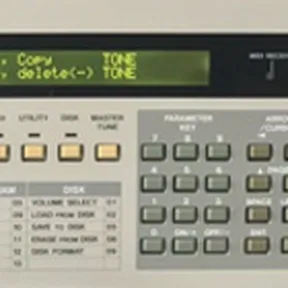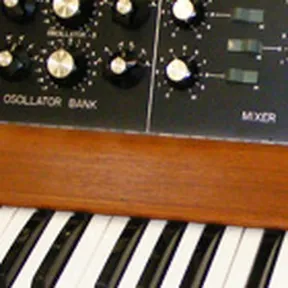E-mu Systems Emulator II | Ferris Bueller's Synthesizer (1984)
A look at the E-mu Systems Emulator II from 1984, famously used by a certain Mr Bueller.
The Emulator II has samples at the beginning of the signal chain. These run into analogue, resonant, low-pass filters and analogue amplifiers with envelope generators for control, allowing for changes in the harmonic content over time.
The Emulator LFO also runs into the audio range and can modulate sample frequency, filter frequency and amplitude, allowing for both low frequency and audio rate FM and AM.
Many synthesizers have digital samples at the start of the signal chain, whether they're loaded from ROM or they use RAM to allow for user flexibility and custom sound creation, the result is the same; digital samples playing into filters and amps with control and modulation from envelopes and LFOs (and more).
The Korg DW-6000/8000, the PPG Wave synthesizers and all granular synthesizers work like this because they rely entirely upon digital samples. Korg's DSS-1 moniker even meant "digital sampling synthesizer".
There's no definition anywhere that says those samples have to load from ROM and not RAM to make it a synthesizer or not a synthesizer.
I think most arguments I've seen use a pre-digital, 1960s definition of synthesis that uses the word "generate" that's being interpreted without the context of when it was written. New forms of synthesis have since emerged and definitions have evolved.
Furthermore, even if that was accepted, as you can "generate" sine waves from the self-oscillating filters and control them with envelopes and LFOs, the Emulator would still be a synthesizer, even by that definition.
So yes....it's a synthesizer! A sampling synthesizer. Just stick "sample based synthesis" into Google for more.
00:00 | Day Off
00:40 | The Emulator
01:30 | Interlude 1: Some Sounds
01:59 | The Emulator II
02:27 | Interlude 2: 80s TV Score
03:03 | Sampling Explanation
04:34 | Sampling Demonstration
07:48 | Multi-track Sequencing
09:34 | What could you use it for now?
11:45 | Computer Interface & Famous Users

















































